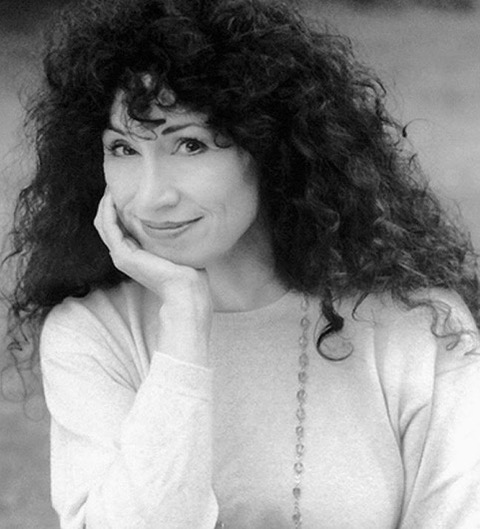AUTUMNAL EQUINOX
The Isolation Blues;
reflections during covid-19

Knee-deep in the cosmic overwhelm, I’m stricken by the ricochet wonder of it all: the plain everythingness of everything, in cahoots with the everythingness of everything else.
– Diane Ackerman
Pluto Diane Ackerman The bread mold and I have much in common. We’re both alive, the wardrobe of our cells is identical. We speak the same genetic code. The death of a star gave each of us life. But imagine a brandspanking new biology. Just as when a window abruptly flies open the room grows airy and floods with light, so awakening to an alien life form will transfigure how we think of ourselves and our lives. In my bony wrist alone, the DNA could spin a yarn filling thousands and thousands of library volumes. But one day we’ll browse in the stacks of other galaxies. Given the sweet generosity of time that permits the bluegreen algae and the polar bear, the cosmic flannel must be puckered with life. My bad habits charm me now with reckless appeal; we may be the habit of the universe.
So this is the autumnal equinox (actually it’s 9:30PM on September 22) the equal split between day and night. It’s a good time to find our own balance point in the ceaseless motion of the universe. As for me, I like to look to the night sky and exit from my earth-bound perspective for a moment and consider what’s out there in the vast expanse of space. It’s so easy to get caught up in our daily venue of interests, responsibilities and larger concerns that we don’t see how small all of that is in the LARGE context. When I look at the night sky I see countless dots of white light but I have no idea how far away they are or what their astronomical name is. I don’t know if there is intelligent life on one (or thousands) of planets surrounding those dots. I don’t know if technological advances will someday enable us to visit these vast and distant regions. There are so many interesting questions to consider on a star-strewn night. How will space travel change our human evolution? One day science-fiction might not be fiction. First contact will change all contact.
Diane Ackerman was a friend of astrophysicist Carl Sagan and liked to include science and nature in much of her poetry. The poem Pluto came from her 1976 book titled “The Planets: A Cosmic Pastoral” and Sagan’s wife, Linda Salzman Sagan, an artist and writer took the author photograph on the back cover of the book. Sagan even gave a positive review of the book when it came out.
“Diane Ackerman has produced a stunning book of poetry in The Planets, the result of a year’s immersion in the recent findings in planetary astronomy. The work is scientifically accurate and even a convenient introduction to modern ideas on the planets, but much more important, it is spectacularly good poetry, clear, lyrical and soaring… One of the triumphs of Ackerman’s pastoral is the demonstration of how closely compatible planetary exploration and poetry, science and art really are.”
— Carl Sagan, The New Republic
When I read Diane’s poetry It makes me want to go back outside and look up at the black night sky and see what’s up there this time…
Enjoy the equinox everyone.
In the woods,
Dave
September 21, 2021
